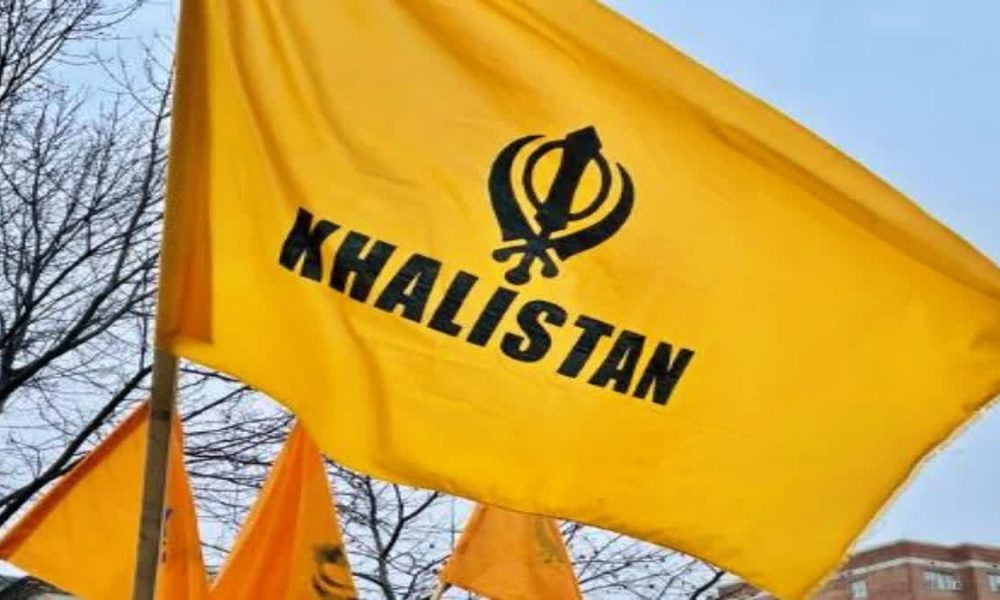
New Delhi: The Khalistan movement, seeking an independent Sikh state, has deep-rooted historical ties with Canada, spanning more than four decades. This movement has been the source of ongoing tensions between India and Canada as it finds a niche among a segment of the Canadian Sikh population.
Canada’s perceived soft stance on Khalistani challenges has been a subject of concern for India since the 1980s, with then-Prime Minister Indira Gandhi expressing frustration to Prime Minister Pierre Trudeau over this issue. As early as 2002, a Toronto-based Punjabi-language weekly, Sanjh Savera, marked Indira Gandhi’s death anniversary with a cover illustration of her assassination. This publication, which featured such content, has grown to become a prominent daily in Canada.
Major Instances of Anti-India Activities in Canada
In recent years, there have been significant instances of anti-India activities within Canada, notably:
1. June 4 Parade in Brampton: A parade held in Brampton, Ontario, ahead of the 39th anniversary of Operation Bluestar at the Golden Temple in Amritsar sparked controversy. A tableau in the parade seemed to celebrate the assassination of former Indian Prime Minister Indira Gandhi, portraying a blood-stained figure in a white saree surrounded by turbaned men holding guns. External Affairs Minister S Jaishankar criticized the event, questioning the support for separatists and extremists in Canada.
2. Sikhs for Justice “Referendum”: Canada’s largest Sikh population resides in Brampton, where the pro-Khalistan organization Sikhs for Justice (SFJ) conducted a so-called “referendum” on Khalistan. SFJ, designated as an outlawed organization in India, claimed significant support for Khalistan. The Indian government urged Canada to curtail such “anti-India activities” and designate individuals as terrorists who hold such designations in India.
The Canadian Perspective
The motivation behind Canada’s approach to Khalistan-related issues has been likened to “vote bank politics.” With Sikhs comprising 2.1 percent of Canada’s population and being the country’s fastest-growing religious group, political parties vie for their support. Sikh lawmakers, including Jagmeet Singh, who became the first Sikh leader of a major Canadian political party in 2017, hold significant influence.
The Status of the Khalistan Movement in India and Canada
While the Khalistan movement has lost traction within India, it continues to find support among elements of the Sikh diaspora in countries like Canada, the US, and the UK. The movement’s global roots are evident, with its first declaration for a separate Sikh state made in the United States in 1971.
It’s essential to emphasize that not all Canadian Sikhs support Khalistan. The movement primarily resonates among Sikhs who left India during the 1980s when the movement was at its peak. These individuals retain memories of that time, keeping the movement alive despite changing ground realities in Punjab. The movement, though not fueled by popular support, remains politically significant as it can rally supporters who align with politicians sympathetic to its cause. Notably, countries like China and Pakistan have historically supported Khalistani militants, further complicating the issue.
However, support within the diaspora has dwindled over the years, especially among the newer generation of Sikhs with less personal connection to India. The persistence of the Khalistan movement can also be attributed to geopolitics, with countries like China and Pakistan possibly tolerating and supporting it to create trouble for India.
In summary, the Khalistan movement’s continued existence in Canada is a complex interplay of historical ties, political dynamics, and external factors, with its resonance waning among younger generations of Sikhs abroad.




